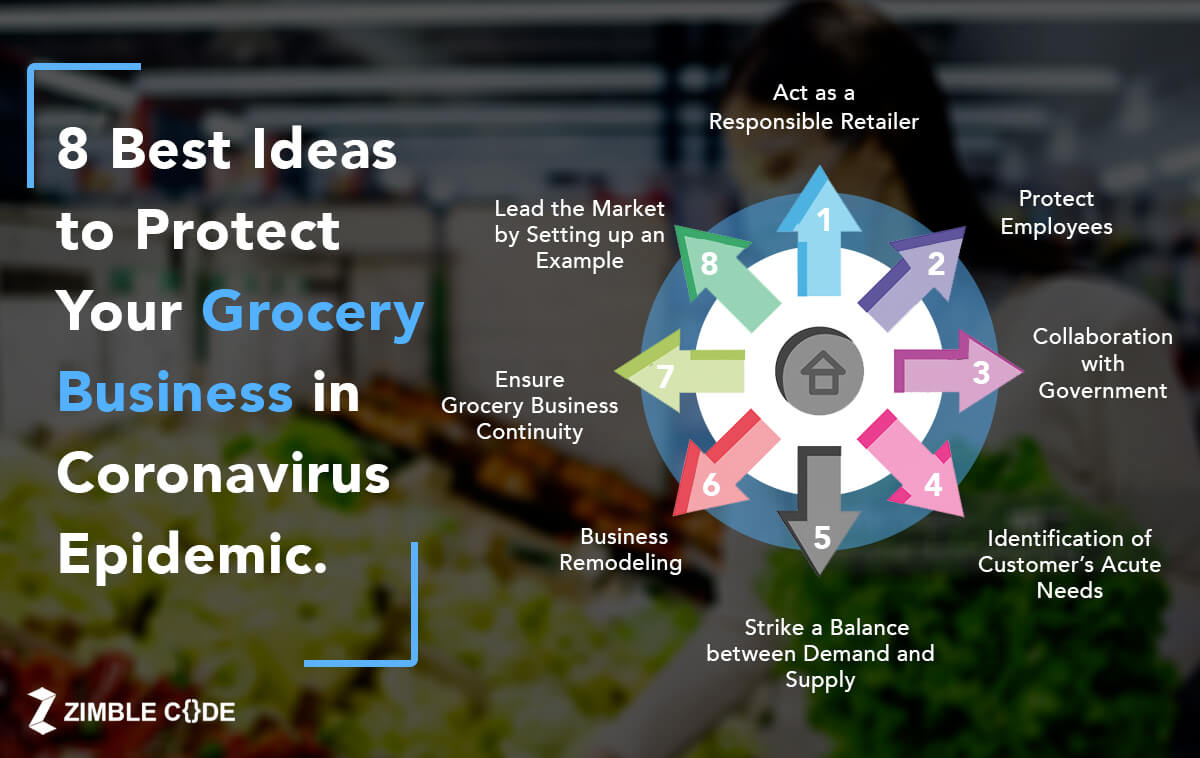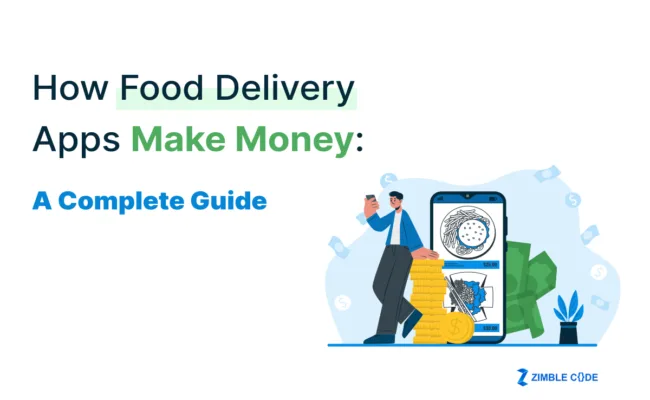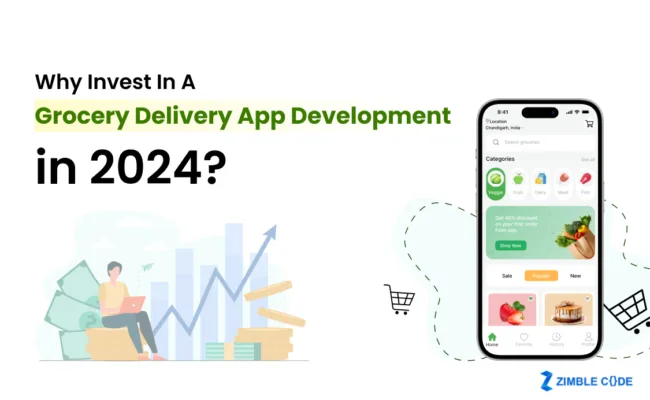There has been an unprecedented impact on the global economy due to the Coronavirus Epidemic. The pandemic has infused fear among the consumers, making them prefer online grocery shopping over visiting the stores physically. As a result, e-grocery platforms have recorded an upsurge in the average daily user rate by 40000 during the pandemic period
According to Google trends, the number of searches for grocery delivery services has increased dramatically. Similarly, a significant surge in the average daily download rate of the grocery delivery app has been noticed. Therefore, it is important to hire the best on-demand grocery delivery app development company in New York, USA for any grocery business owner to survive this epidemic.
As a result, the need for on-demand grocery delivery apps is gradually becoming popular. It is predicted that this pattern of grocery consumption is going to last longer even when the pandemic won’t exist anymore. Now let’s discuss some best ideas to protect your grocery business in this epidemic:
1. Act as a Responsible Retailer
With ample technological solutions, the headquarter staff can work remotely defining contingency plans along with maintaining morale. But field staff like cashiers, shelf stockers, the drivers, the warehouse workers, etc. are more vulnerable and prone to infection, therefore proper protective measures should be taken. Also, retailers must upgrade hygiene measures and limit human contact with the use of an on-demand grocery delivery app as much as possible.
Moreover, grocery business owners should introduce self-check-out, minimize cash payments, and stock up the shelves only before or after store hours. Plastic tents can also be put around the cashier for extra precautionary measures in some cases. Also, there is a need to appoint a driver to drop off deliveries at doorsteps rather than handing them to the customers.
2. Protect Employees
It is also important to foster social distancing or isolation to protect the vulnerable. Implement paid sick leave for the affected employees, arrange free-testing, and provide stay-at-home policies for those who have a cold or feeling ill. Instead of pressurizing the employees to work proactively, backup plans need to be created for them. They can try working in A/B teams and even hiring an additional support team to make the workforce flexible can be a good option.
3. Lead the Market by Setting up an Example
Another best strategy to protect the grocery business in the coronavirus epidemic can be setting up some positive examples for the customers and the community. Some of the steps taken by other grocery business owners are:
- Some retailers set examples by sending coronavirus testing kit and protective equipment to other countries,
- Some are setting aside particular store hours to serve the elderly exclusively to lessen the customer’s risk of infection, and
- Some retailers are donating food and essential items to the needy people in the community and some are offering free meals for the healthcare workers and the emergency responders.
4. Identification of Customer’s Acute Needs
Grocery business owners must analyze the customers’ acute needs and come up with new ways to serve them in the long run. They have to be flexible about space allocation as the demand concentrates on certain items such as toilet paper and sanitizers. Also, there should be more dedicated space to accommodate them. Moreover, the selected stores can switch to click-and-collect format to protect both the customers and employees.
5. Collaboration with Government
The grocery business owners must collaborate with local governments, suppliers, etc. to formulate a minimum set of operating norms during this epidemic. Also, they may ask the local authorities to keep daycare centers open for the essential workers such as the food-supply-chain employees are certainly one of them.
They can also collaborate with the government to promote advertisements that advise the consumers to avoid panic buying and hoarding. Review your marketing and promotional strategies and maintain this practice regularly to smooth out the unexpected peak in the supply chain.
6. Strike a Balance between Demand and Supply
The crisis has changed the appearance of an average grocery basket. Many retailers are unable to maintain the balance between demand and supply. To restore this balance pay some closer attention to critical steps in the supply chain.
Providing supplier credits, finding alternate sources of supply, pulling in extra shifts, and safeguarding in-store replacements as well as warehouses may help in sorting the things out. Also, to secure the flexible capacity of managing the peaks, extra wages can be paid to manage consumer demand proactively.
7. Ensure Grocery Business Continuity
Food retailers must secure the continuity of their business. It can be challenging but equally important to keep the stores and distribution centers open. The steps to ensure the same includes:
- Making home deliveries,
- Meeting enormous spikes in demand via grocery delivery apps,
- Maintaining accurate delivery time slots, and
- Running the IT systems perfectly with the help of an on-demand grocery delivery app development company in New York.
8. Business Remodeling
The last strategy which the grocery business owners can follow is to go in for complete transformation of the business model and make it tech enable and future-proof. Remote-working, online shopping, tech-enabled retail, and localized supply chains are just the common trends that have been accelerated by the coronavirus epidemic. So, there is a need to review and remodel the business to minimize exposure to shock.
Conclusion:
Food retailers worldwide can handle the crisis smartly and with full confidence. However, handling the situation properly is completely area specific. The health and well-being of the population generally depend on the food industry, both today and tomorrow. Hopefully, the ideas outlined in this article will help your grocery business to navigate the current crisis and strengthen it in the long run.








Thanks for information, you have shared really best ideas to protect your grocery business in coronavirus epidemic.
Your article is really useful. Good work !